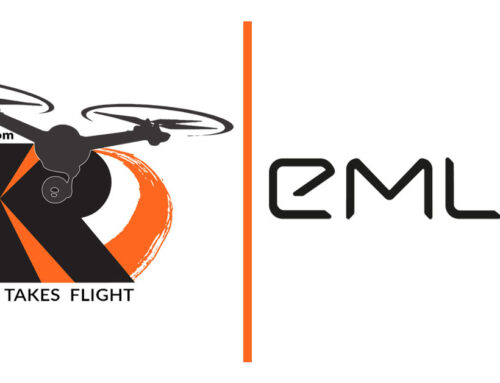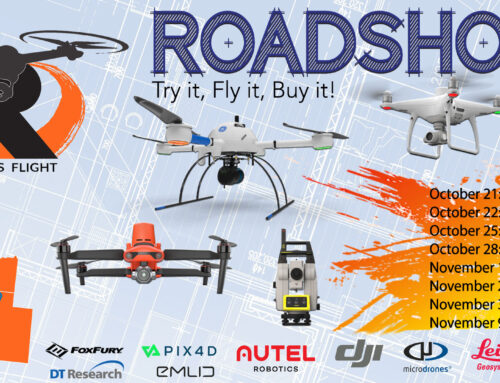Communities, states, and even the Fed are discussing potential breach of personal privacy from sUAVs in the skies of today and more importantly, skies of tomorrow.
First and foremost, let’s dispel the thought that privacy in the modern world actually exists at all. Somewhere, some how, some system is monitoring, reporting, storing, and targeting each of us as we browse the web, use our mobile devices, or drive from place to place. The amount of personal information collected by Google, Amazon, and Apple is simply overwhelming and astounding. Because of these “snoops,” Apple and Google can accurately predict our buying cycles, clothing preferences, what sort of partner would be best, and how we’ll vote.
We’re monitored by traffic and security cameras 24/7. At a recent security conference, it was revealed that in the average mid-sized city, each person is photographed an average of (at least) 300 times per day. Security cameras live in our offices, on our roads, and even our laptops can be compromised to us the built-in camera to surveil us.
However, this article is about privacy from sUAV, typically in our homes. What about those situations?
DRONE PRIVACY
A friend recently contracted a roofer to do a roof inspection and provide advice on what may or may not be needed to bring his roof up to standard. The roofer had just purchased an sUAV to aid in roof inspections. He’s a new drone operator and technically operating outside of legal bounds (without a 333 commercial exemption).
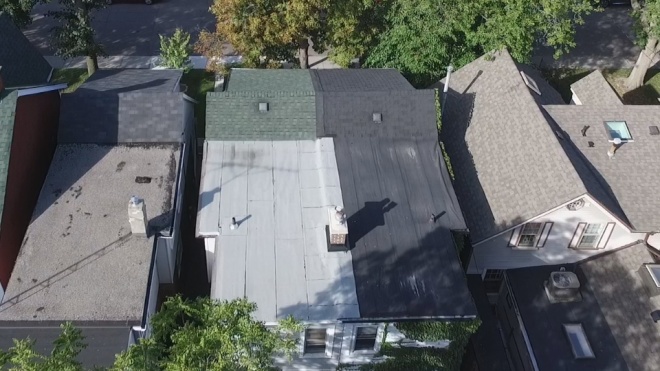
In the process of this flight, a neighbor became very concerned about his privacy, enough so that he climbed out of his swimming pool to view the drone pilot, initially remaining hidden behind vines in the alley way before becoming confrontational.
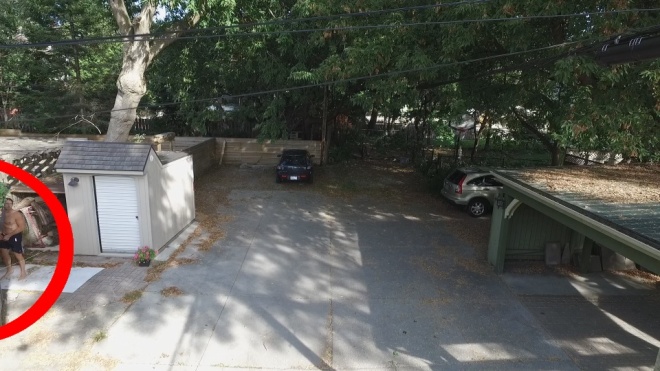
During the drone flight, the pilot hadn’t noticed the neighbor in his swimming pool, without doing a slow-motion look at the footage from the roofing inspection.
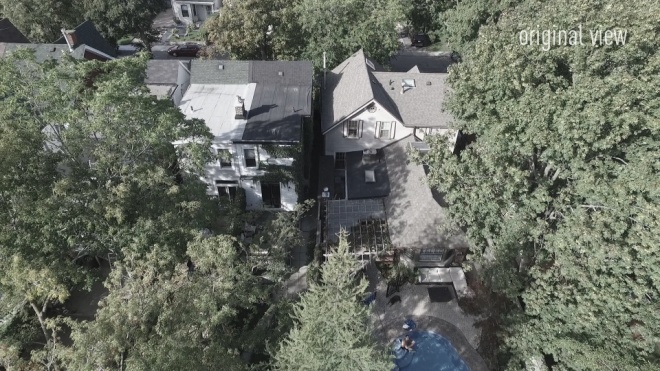
Can you spot the neighbor? On a small tablet, the person in the image is all but impossible to see, particularly in the very few seconds he’s in the frame during the “return to home and landing” process.
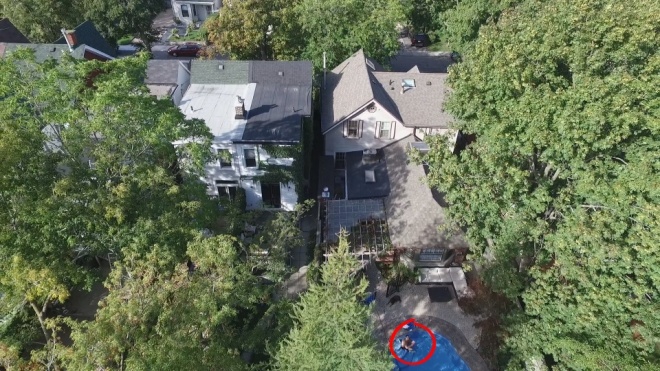
For those concerned with the pilot being able to “zoom in” on the subject (or the person concerned about their privacy) it’s important to note that UAV/drone cameras aren’t able to zoom. Zooming makes the already-moving image even more unstable, and therefore unusable for purposes of inspection. Currently, UAV/drones must be flown very close to the subject to obtain a clear image. However, I’ve taken a still from this video and blown it up more than 4X, which demonstrates the lack of quality when zooming during post-video/photo processes.
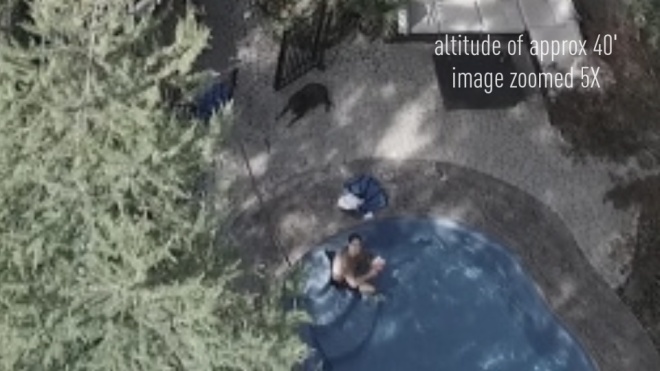
Overall, the image is useless for purposes of privacy. The image doesn’t meet any media standard for printing, cannot be used for creating even a half-useful online image. Imagine someone using this quality for virtually any nefarious abuse of individual privacy.
There isn’t much there. EVen with a very high resolution 4K camera, the post-process zoom is effectively useless.
Persons such as the self-proclaimed “DroneSlayer” who shot a drone out of the sky for “taking pictures of his daughter” from an altitude of 200′ above the ground are severely misguided. In the case of the “DroneSlayer,” the shotgun-happy shooter claimed the drone was “10 feet above my fence” when GPS and flight logs demonstrate the drone was not lower than 200′ at any point in time of flight. In other words, it’s apparently difficult for some folks (likely most people) to ascertain altitude. As a skydiver intimately familiar with absolute height over ground, it is indeed, very difficult to ascertain altitude from the ground to the sky without references.
For those that feel some sort of safe harbor from drones “because our community passed laws recently,” know that most of the recently-passed laws are superceded by federal laws. The FAA controls the airspace above your home, not the local mayor or city council.
At this point in time, there is little to be concerned about with regards to privacy. Drones are noisy, the ability of a camera on a drone is very limited, and one will always know when a drone is “that close.”
If a UAV/Drone is flying close to your home, business, or person, look around. The operator/pilot is likely very close by and one can talk to the operator/pilot and learn about what they’re doing with the device.
But know this for certain; drone pilots are not out to surreptitiously take photos of you through your bedroom window, take video of your children playing in their backyard, or spy on your behaviors. The vast majority of UAV/drones out there simply lack the requisite technology to do so with a stealth signature.

